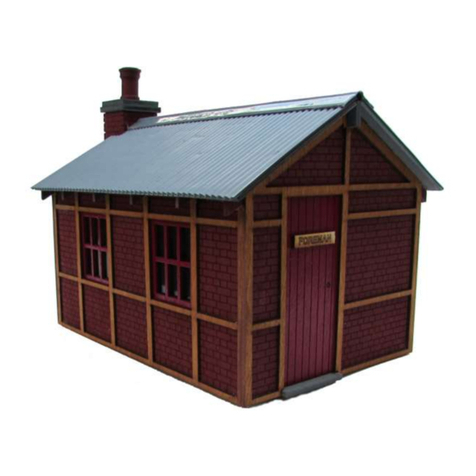Bole Laser Craft Grange Farm Tipper Wagon User manual






Other Bole Laser Craft Toy manuals
Popular Toy manuals by other brands
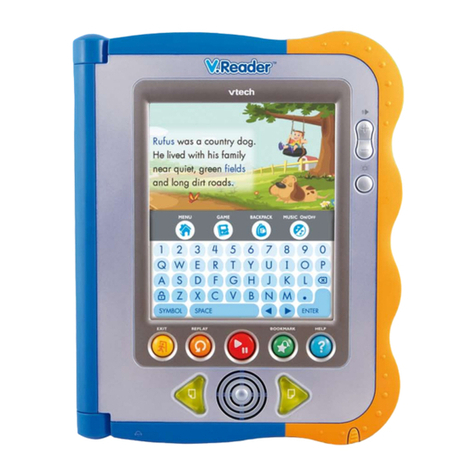
V-tech
V-tech V.Reader Interactive E-Reading System user manual
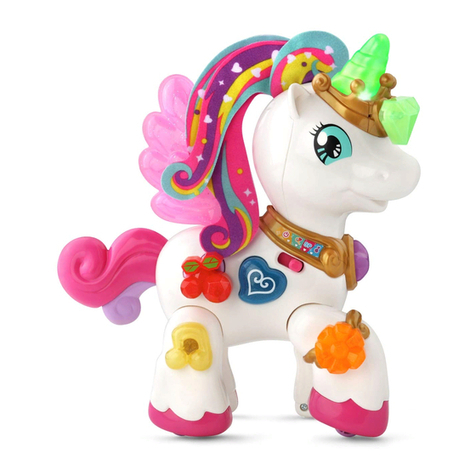
V-tech
V-tech Magical Lights Unicorn Parents' guide
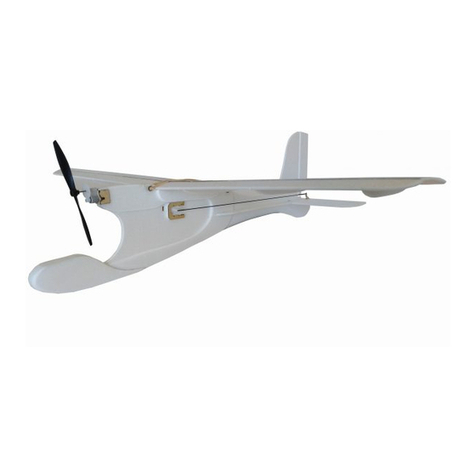
Micron Wings
Micron Wings Student Flyer instructions
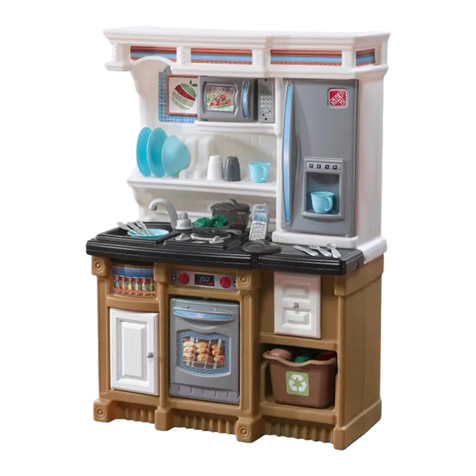
Step 2
Step 2 Lifestyle Custom Kitchen 8569 manual

Pro Boat
Pro Boat Blackjack 55 owner's manual
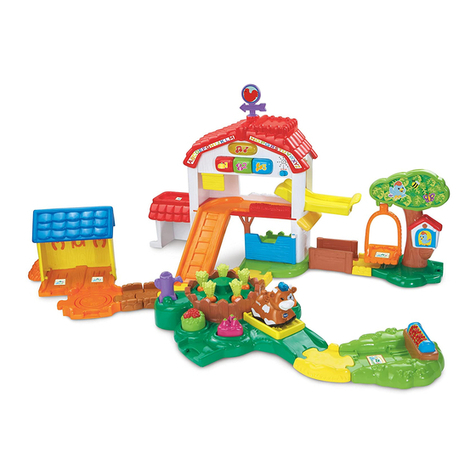
V-tech
V-tech Toot-Toot Animals Farm user manual

KNEX
KNEX 4 Wheel Drive Truck Building Set Building Basics

V-tech
V-tech Call & Chat Learning Phone user manual
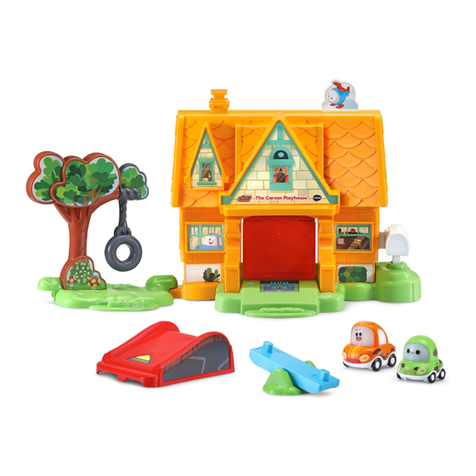
V-tech
V-tech Go! Go! Cory Carson The Carson Playhouse Parents' guide

J. Perkins
J. Perkins TWISTER BELL 47 manual
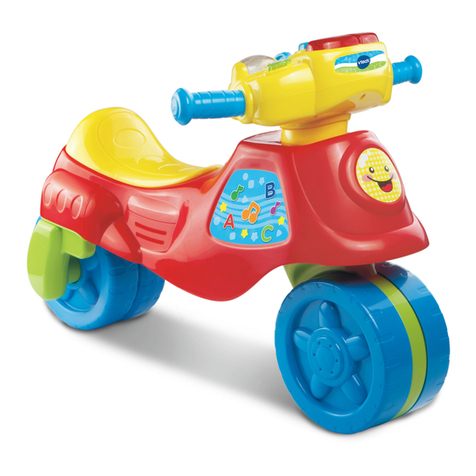
V-tech
V-tech 2-in-1 Learn & Zoom Motorbike user manual
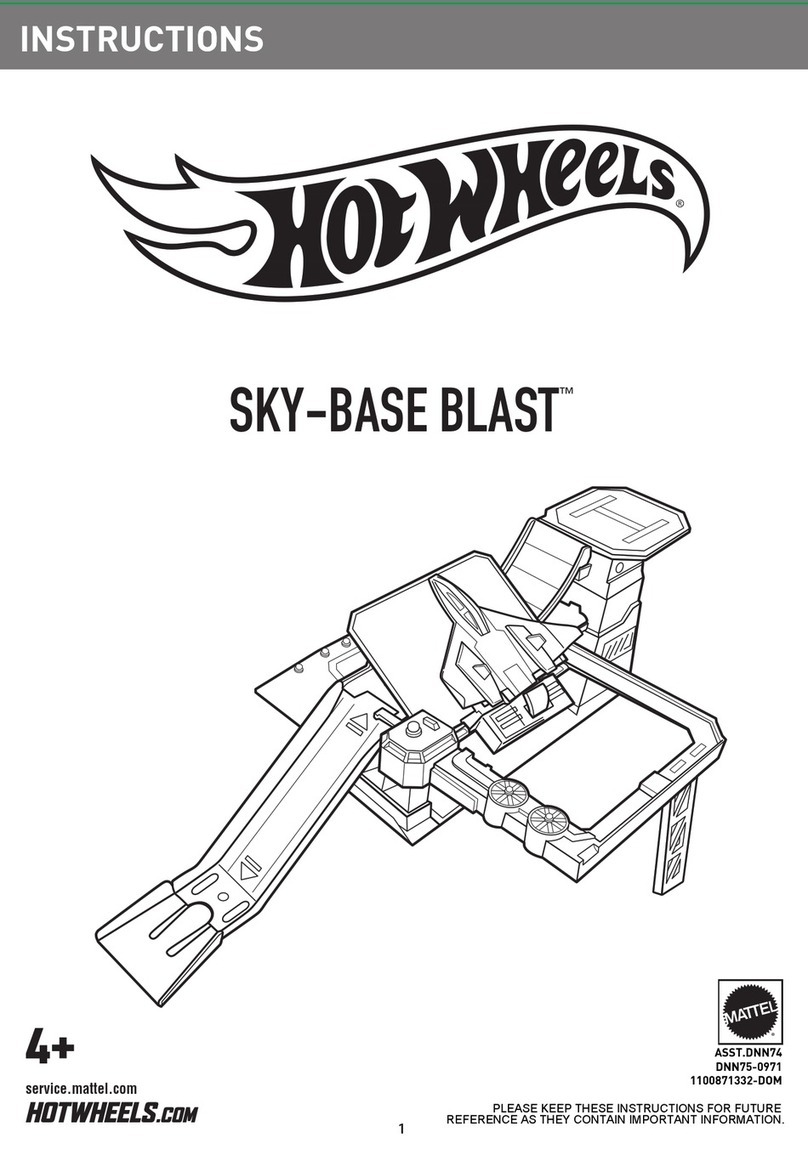
Hot Wheels
Hot Wheels SKY-BASE BLAST instructions
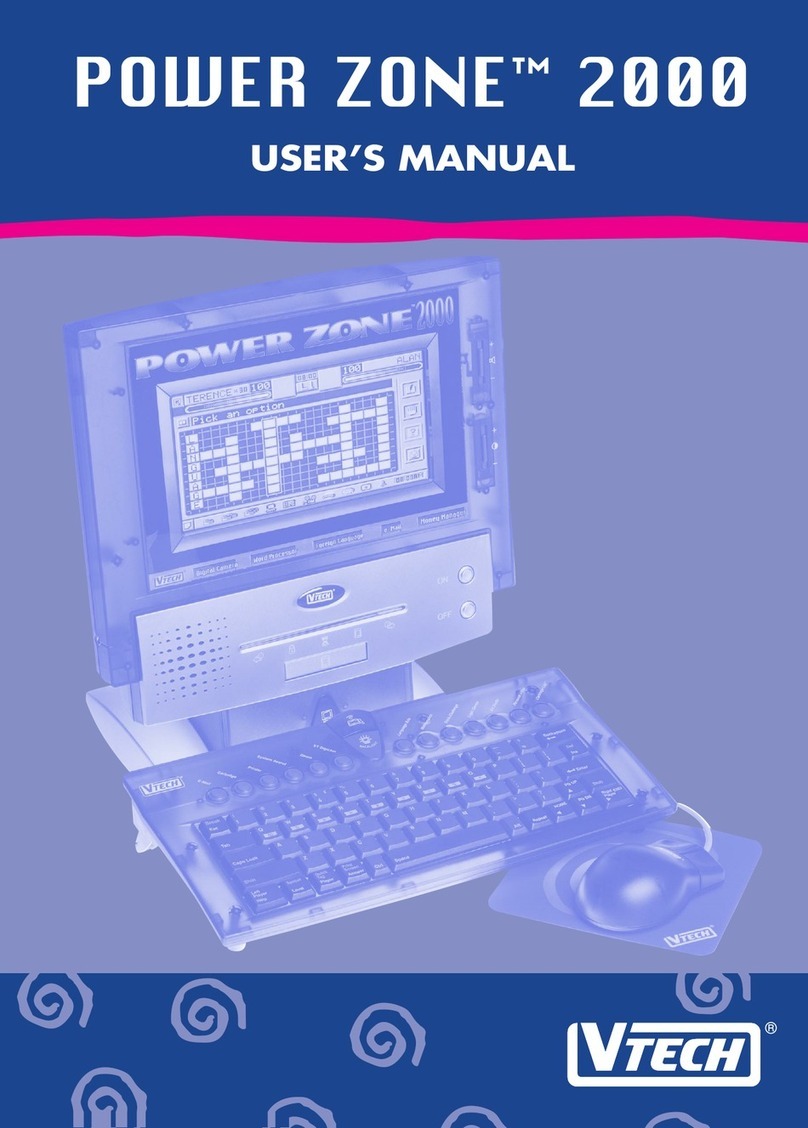
V-tech
V-tech Power Zone 2000 user manual
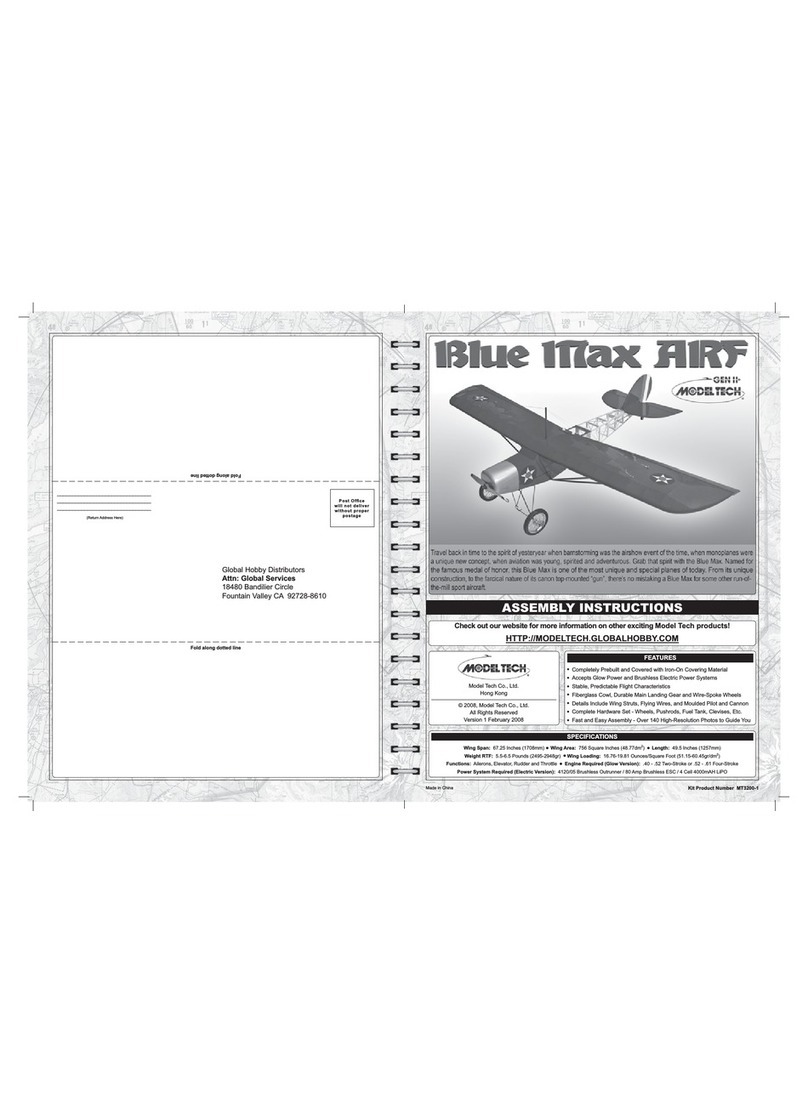
Modeltech
Modeltech Blue Max Assembly instructions
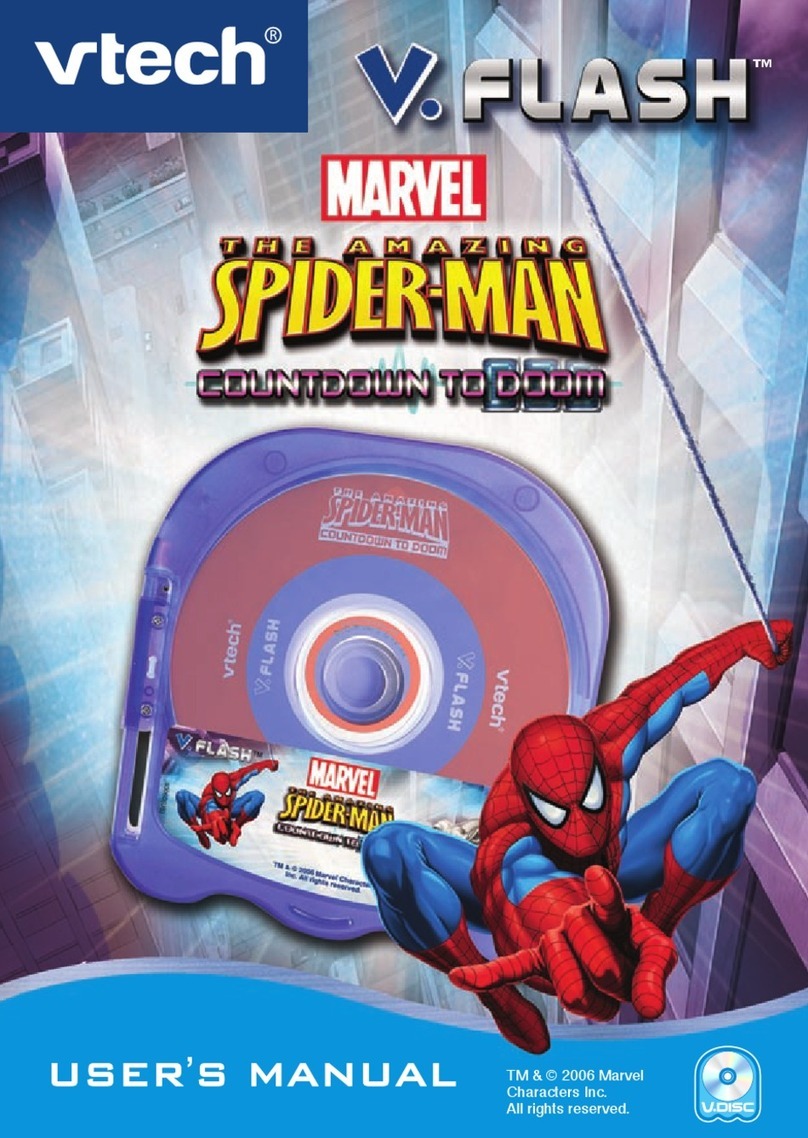
V-tech
V-tech V.Flash: Spiderman Countdown to Doom user manual
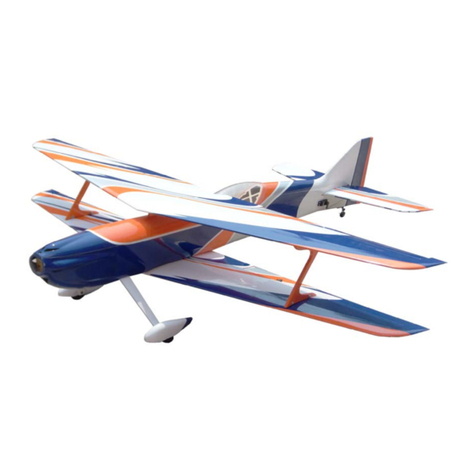
Hobby King
Hobby King Mellizo-50e manual

KNEX
KNEX SUPER MARIO TANOOKI MARIO 38461 Assembly instructions
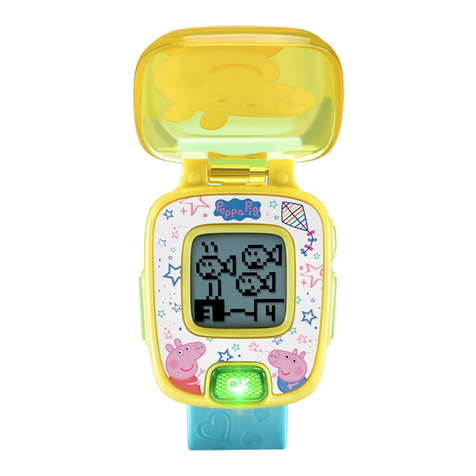
V-tech
V-tech Peppa Pig Learning Watch Parents' guide
